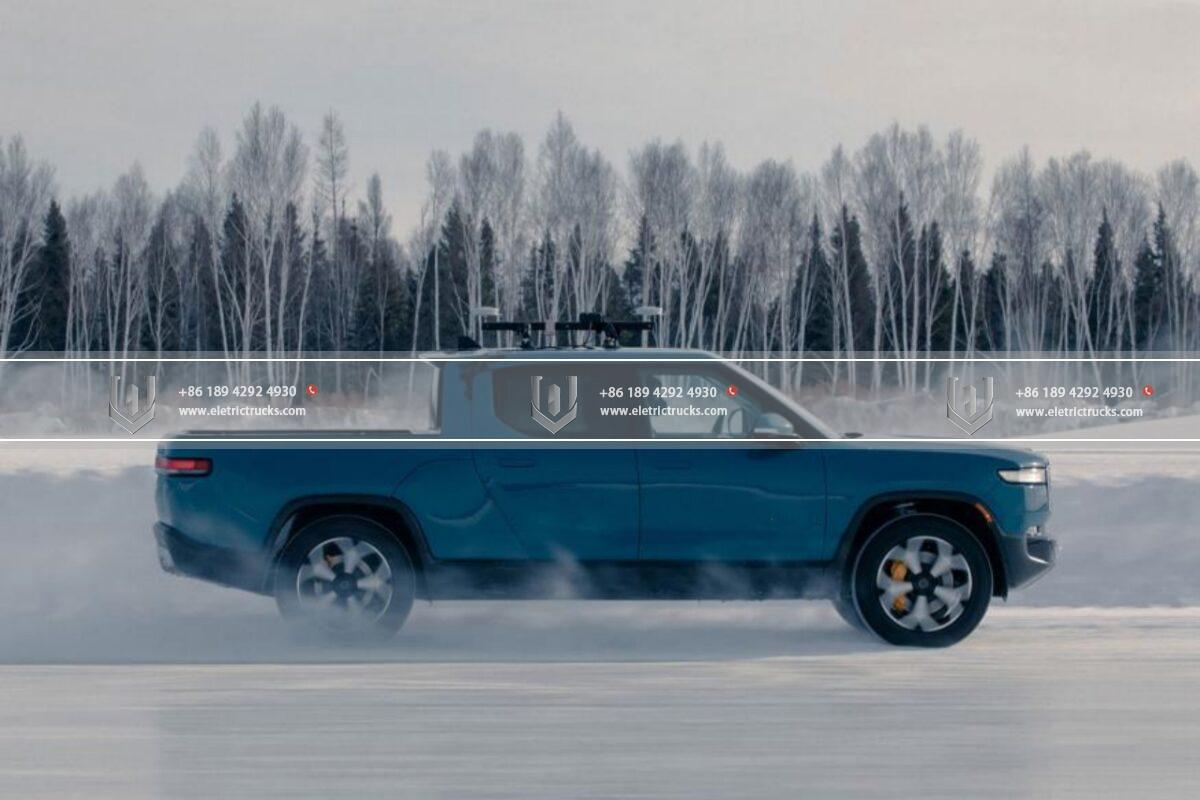လျှပ်စစ်ထရပ်ကားဗဟုသုတ
သာလွန်စွမ်းဆောင်ရည်: လျှပ်စစ်ထရပ်ကားများသည်ထောက်ပံ့ပို့ဆောင်ရေးကိုပြန်လည်သတ်မှတ်ခြင်း
The logistics industry plays a vital role in the global economy, ကုန်ပစ္စည်းများသည်တစ်နေရာမှတစ်နေရာသို့ရောက်ရှိပြီးယုံကြည်စိတ်ချရသော 0 န်ဆောင်မှုကိုထိရောက်စွာသယ်ယူပို့ဆောင်နိုင်ကြောင်းသေချာစေရန်. မည်မှျပင်, traditional diesel-powered trucks have long been associated with high fuel costs, လေထုညစ်ညမ်းမှု, နှင့်ဆူညံသံညစ်ညမ်းမှု. မကြာမီနှစ်များအတွင်းက, လျှပ်စစ်ထရပ်ကားs have emerged as a game-changing innovation, သန့်ရှင်းရေးကိုကမ်းလှမ်းခြင်း, quieter, and more cost-effective alternative. With their ability to supercharge efficiency, လျှပ်စစ်ထရပ်ကားs are redefining the logistics landscape and transforming the way goods are transported.
လျှပ်စစ်ထရပ်ကားပေ, also known as e-truckပေ, are vehicles powered by လျှပ်စစ်မော်တာs and rechargeable batteries, eliminating the need for fossil fuels. The use of လျှပ်စစ်ဓာတ်အား in transportation is not a new concept, အဖြစ် လျှပ်စစ်ကားs have been gaining popularity in recent years. မည်မှျပင်, the adoption of electric technology in the ထရပ်ကားစက်မှုလုပ်ငန်း is relatively new and holds immense potential for revolutionizing logistics.
၏အဓိကအားသာချက်များတစ်ခု လျှပ်စစ်ထရပ်ကားs ကသူတို့ သဘာဝပတ်ဝန်းကျင်ဆိုင်ရာသက်ရောက်မှု. Diesel-powered trucks are notorious for their emissions of greenhouse gases, contributing to air pollution and climate change. လျှပ်စစ်ထရပ်ကားs produce zero tailpipe emissionပေ, making them a cleaner and more sustainable option. ရန်ကူးပြောင်းခြင်းအားဖြင့် လျှပ်စစ်ထရပ်ကားပေ, logistics companies can significantly သူတို့ရဲ့ကာဗွန်ခြေနင်းကိုလျှော့ချပါ နှင့် contribute to a greener future.
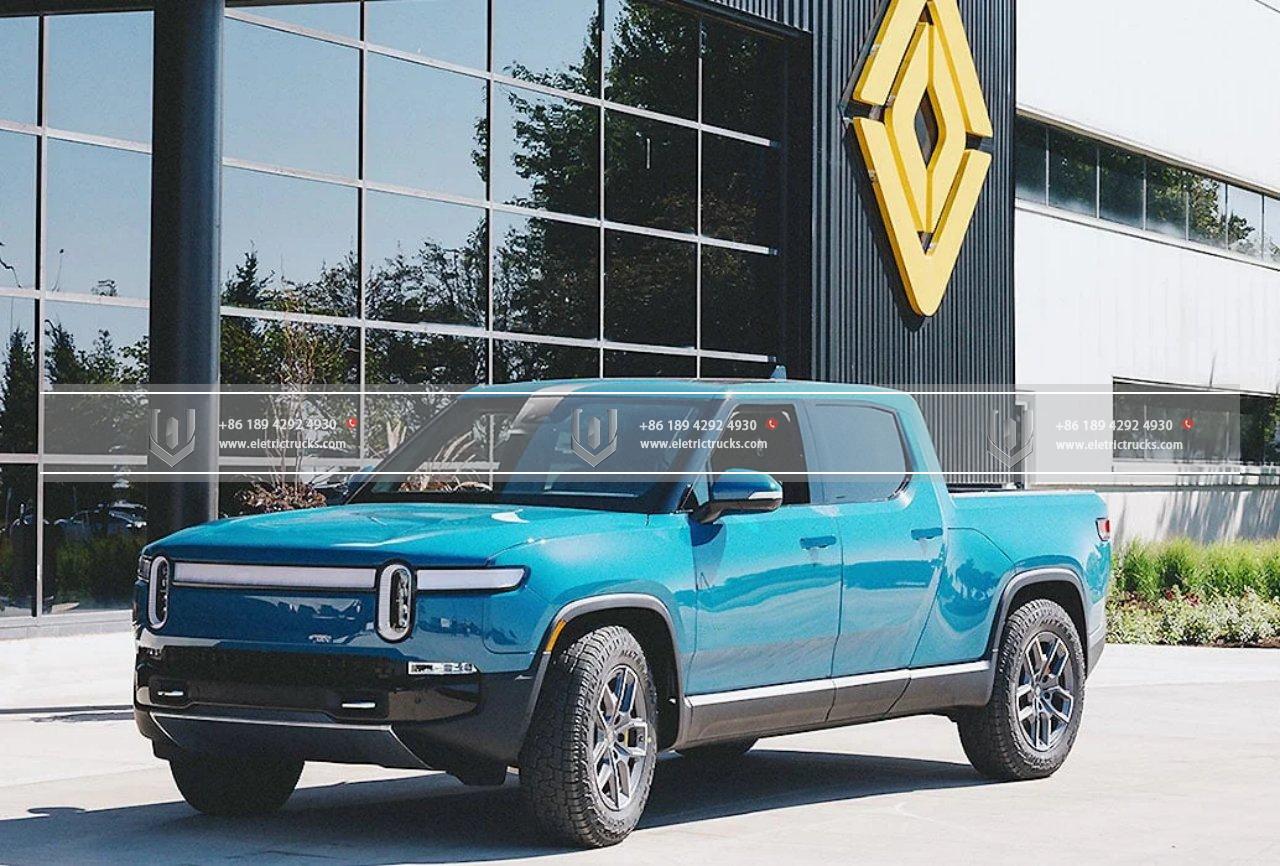
In addition to their environmental benefits, လျှပ်စစ်ထရပ်ကားs offer substantial စီးပွားရေးအားသာချက်များ. Fuel costs are a major expense for logistics companies, နှင့် လျှပ်စစ်ထရပ်ကားs provide a cost-effective solution. The operating costs of လျှပ်စစ်ထရပ်ကားs are significantly lower compared to ဒီဇယ်ထရပ်ကားပေ, primarily due to the lower cost of electricity compared to diesel fuel. အဆိုပါ, လျှပ်စစ်ထရပ်ကားS သည်ရွေ့လျားနေသောအစိတ်အပိုင်းများနည်းပါးပြီးပြုပြင်ထိန်းသိမ်းမှုနည်းပါးသည်, အကျိုးဆက်အနေဖြင့် reduced maintenance နှင့် repair costs. အချိန်ကြာလာသည်, these ကုန်ကျစရိတ်သက်သာခြင်း can translate into significant financial benefits အတွက် logistics companies.
Another area where လျှပ်စစ်ထရပ်ကားs supercharge efficiency is in ဆူညံသံလျှော့ချရေး. Traditional diesel trucks are notorious for their loud engines, which contribute to ဆူညံသံညစ်ညမ်းမှု, particularly in urban areas. လျှပ်စစ်ထရပ်ကားပေ, သို့သော်ငြားလည်း, operate quietly due to the absence of combustion engines. This feature makes them particularly suitable for night-time deliveries in noise-sensitive areas, allowing logistics companies to comply with ဆူညံသံစည်းမျဉ်းစည်းကမ်းများ နှင့် ensure minimal disruption to communities. ထို့အပြင်, အပေြာင်း reduced noise levels contribute to a more pleasant working environment for ထရပ်ကားမောင်းသူပေ.
Range anxiety, or the fear of running out of battery power, has been a common concern for လျှပ်စစ်မော်တော်ယာဉ် owners. မည်မှျပင်, advancements in battery technology have addressed this issue for လျှပ်စစ်ထရပ်ကားပေ. ခေတ်သစ်လျှပ်စစ်ထရပ်ကားs are equipped with high-capacity batteries that offer extended range, allowing them to travel long distances တစ်ခုတည်းသောအခကြေးငွေအပေါ်. အဆိုပါ, ၏ဖွံ့ဖြိုးတိုးတက်မှု အစာရှောင်ခြင်းဖြင့်အခြေခံအဆောက်အအုံ has significantly reduced charging times, minimizing downtime for driverပေ. These advancements in range and charging technology have made လျှပ်စစ်ထရပ်ကားs a practical and reliable option for long-haul transportation, further enhancing their efficiency.
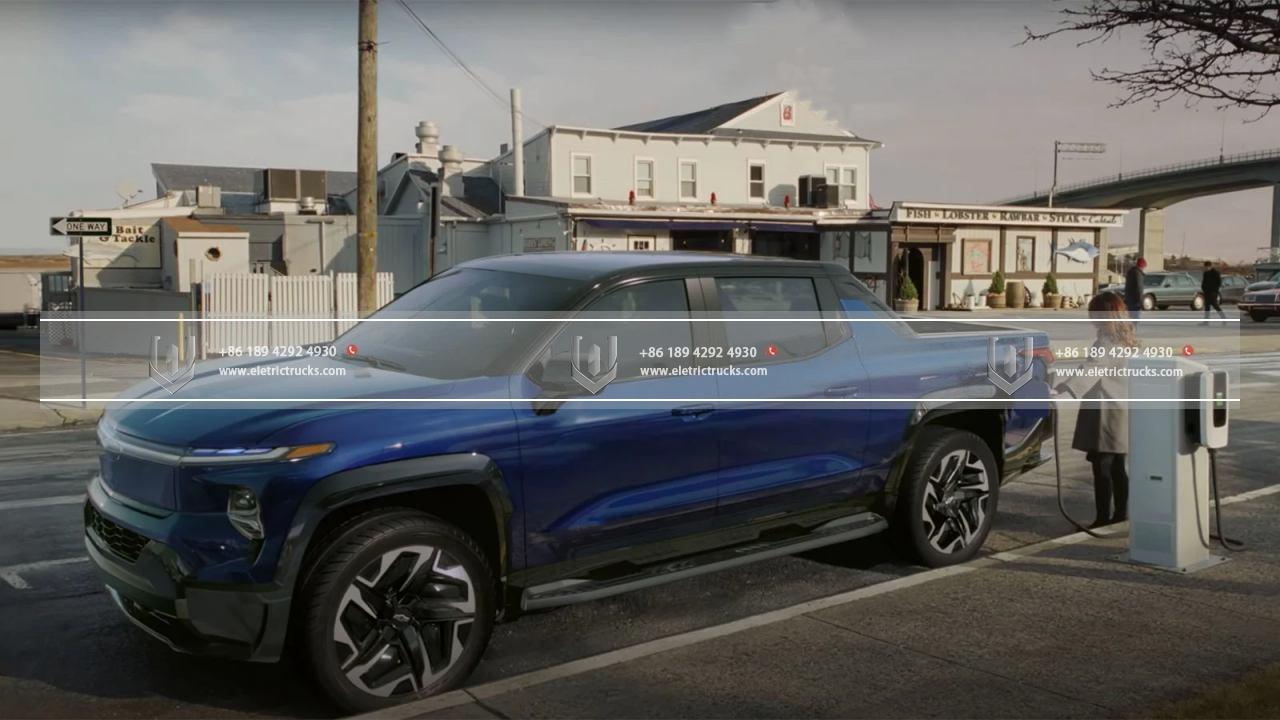
The integration of လျှပ်စစ်ထရပ်ကားs into logistics operations requires the development of a robust charging infrastructure. To support the widespread adoption of လျှပ်စစ်ထရပ်ကားပေ, charging stations need to be strategically located along transportation routes. Government incentives နှင့် partnerships between public and private entities can help accelerate the deployment of charging infrastructure, သေချာအောင် လျှပ်စစ်ထရပ်ကားs have convenient access to charging facilities. With a well-established charging network, logistics companies can transition to လျှပ်စစ်ထရပ်ကားs confidently without concerns about range limitations.
The deployment of လျှပ်စစ်ထရပ်ကားs also presents opportunities for innovative logistics solutionပေ. Autonomous driving technology, combined with လျှပ်စစ်ဓာတ်အား, has the potential to transform the industry. လျှပ်စစ်ထရပ်ကားs can be integrated with advanced driver-assistance systems (adas) and autonomous features, enabling them to operate more efficiently and safely. ကိုယ်ပိုင်အုပ်ချုပ်ခွင့်ရလျှပ်စစ်ထရပ်ကားs have the potential to optimize routing, reduce traffic congestion, and improve overall fleet management. These နည်းပညာဆိုင်ရာတိုးတက်မှုများ will pave the way for a more connected and intelligent logistics ecosystem.
Despite the numerous advantages, there are still challenges to be overcome in the widespread adoption of လျှပ်စစ်ထရပ်ကားပေ. The upfront cost of လျှပ်စစ်ထရပ်ကားs is currently higher than their diesel counterparts, primarily due to the cost of batteries. မည်မှျပင်, as technology advances and economies of scale come into play, the price of လျှပ်စစ်ထရပ်ကားs ကျဆင်းဖို့မျှော်လင့်ထားလိမ့်မည်, making them more affordable for logistics companies. ထို့အပြင်, the availability of charging infrastructure needs to be expanded to ensure seamless operations across the transportation network.

As the adoption of လျှပ်စစ်ထရပ်ကားs gains momentum, stakeholders must collaborate and address the remaining challenges. Governments can play a significant role in promoting the transition to လျှပ်စစ်ထရပ်ကားs by offering incentives such as tax breaks, grants, and subsidies for the purchase of လျှပ်စစ်မော်တော်ယာဉ်s နှင့် charging infrastructure. These incentives not only make လျှပ်စစ်ထရပ်ကားs more financially viable for logistics companies but also encourage the development of a sustainable transportation ecosystem.
Manufacturers also have a vital role to play in advancing electric truck technology. Continued research and development efforts are necessary to improve battery efficiency, increase range, and reduce the overall cost of လျှပ်စစ်ထရပ်ကားပေ. Collaboration with charging infrastructure providers can further streamline the charging experience and enhance the convenience of electric truck operations.
Logistics companies themselves need to adapt their operations to leverage the benefits of လျှပ်စစ်ထရပ်ကားs fully. It may require redesigning supply chain networks and optimizing delivery routes to maximize the utilization of electric truck capabilities. Integrating လျှပ်စစ်ထရပ်ကားs into fleet management systems and adopting telematics technologies can provide real-time data on charging status, အကွာအဝေး, and driver behavior, allowing logistics companies to monitor and optimize their operations for maximum efficiency.
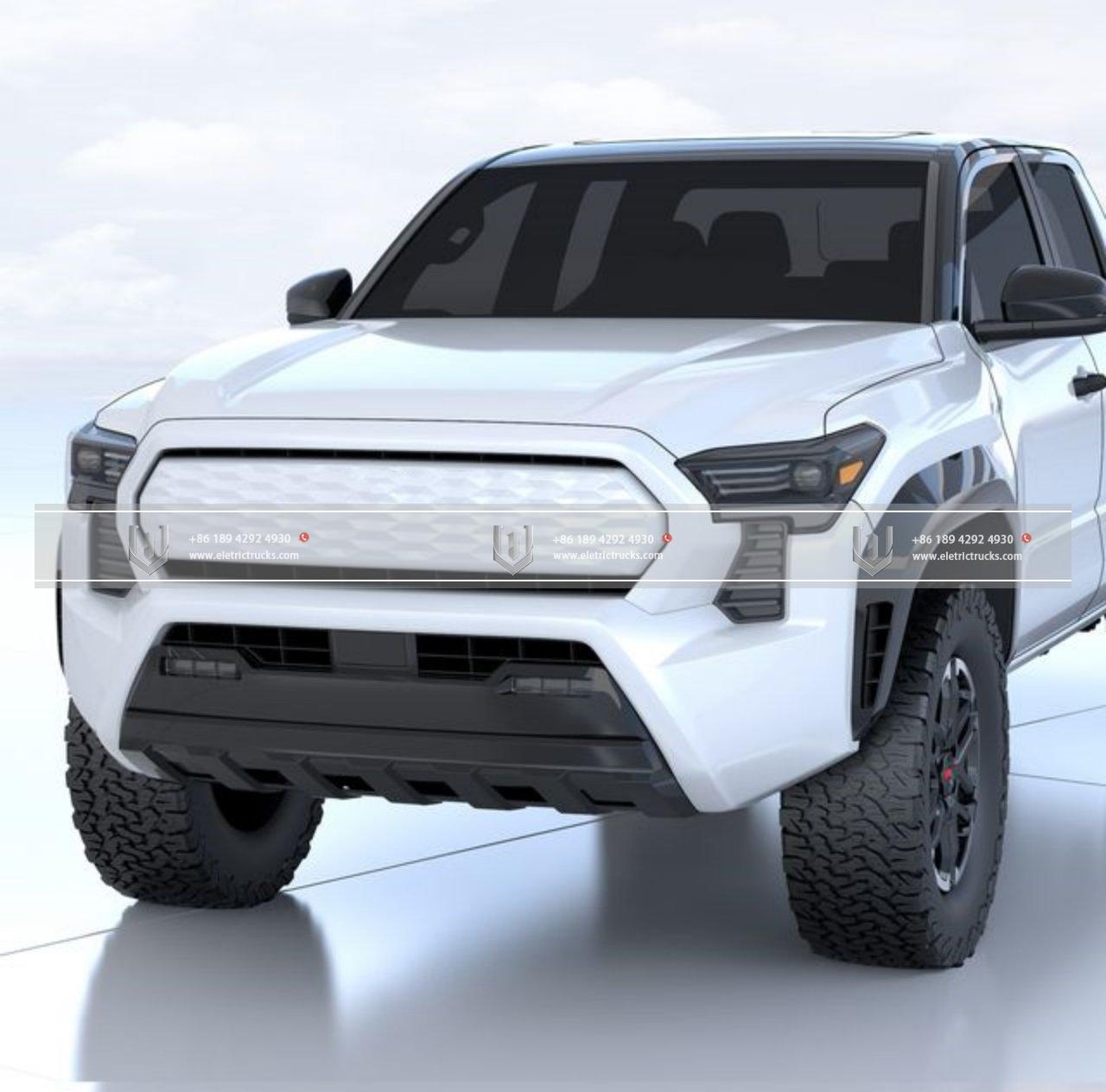
Education and awareness initiatives are also vital in driving the adoption of လျှပ်စစ်ထရပ်ကားများ. Training programs can help ထရပ်ကားမောင်းသူs and logistics professionals understand the unique features and requirements of လျှပ်စစ်ထရပ်ကားပေ. ထို့အပြင်, public outreach campaigns can raise awareness among consumers and businesses about the environmental and economic benefits of choosing logistics providers that employ လျှပ်စစ်ထရပ်ကားသူတို့ရဲ့စစ်ဆင်ရေးအတွက် s.
The shift towards လျှပ်စစ်ထရပ်ကားs is not limited to local transportation; it extends to the global supply chain as well. Maritime shipping, which accounts for a significant portion of international trade, is also exploring electric and hybrid propulsion systemပေ. By integrating လျှပ်စစ်ထရပ်ကားs into the broader supply chain, from port operations သို့ last-mile delivery, the entire logistics process can become more sustainable and efficient.
အဆိုပါ, the growth of the လျှပ်စစ်ထရပ်ကား စေျးကြီး has the potential to create new job opportunities. အဘို့ဝယ်လိုအားအဖြစ် လျှပ်စစ်ထရပ်ကားspars, there will be a need for skilled technicians to maintain and repair these vehicles, as well as professionals to manage the charging infrastructure. အစိုးရများ, educational institutions, and industry associations should collaborate to develop training programs and certifications that equip individuals with the skills required for the emerging electric truck sector.
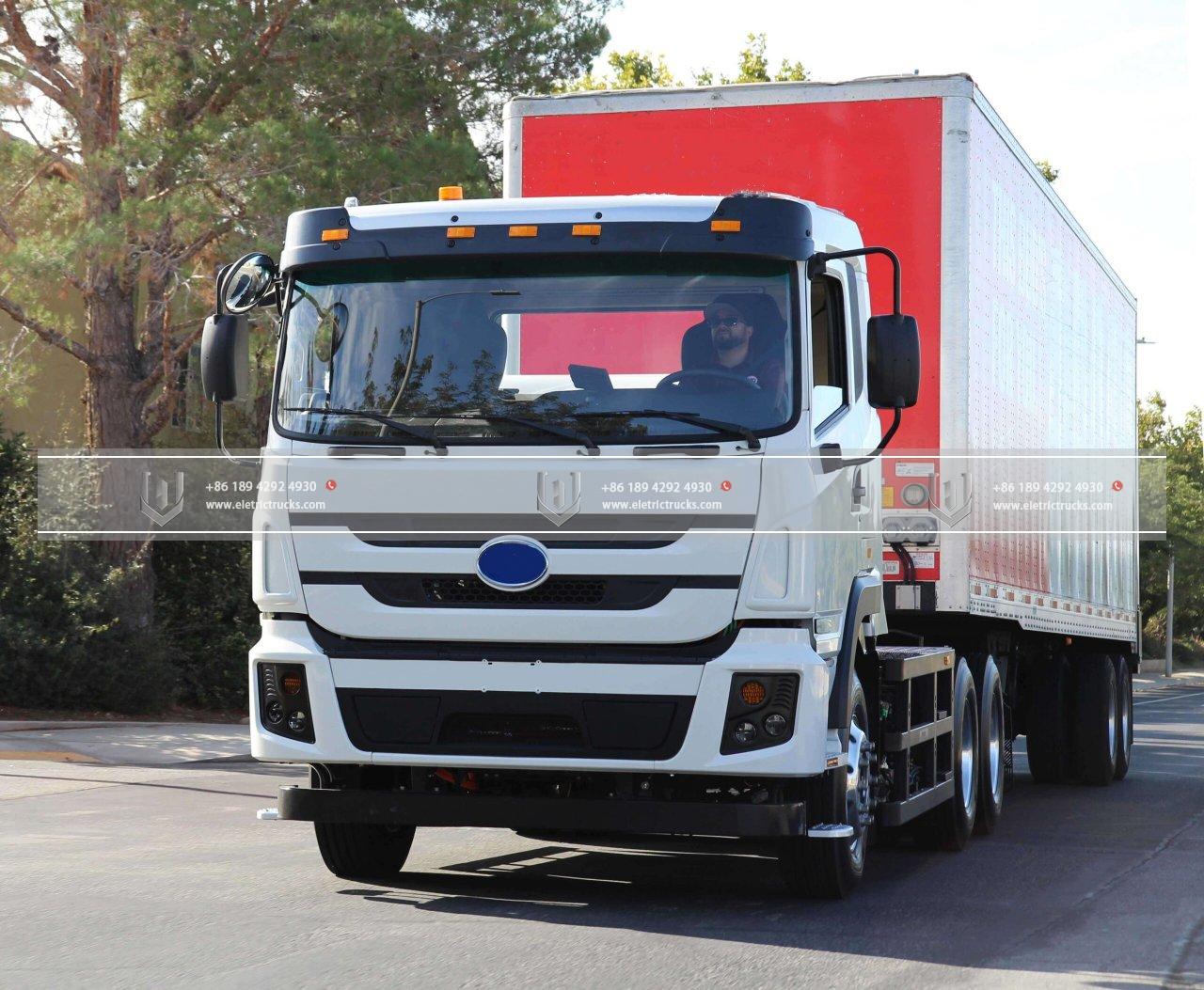
The redefinition of logistics brought about by လျှပ်စစ်ထရပ်ကားs extends beyond the operational aspects. It also has profound implications for sustainability goals and corporate social responsibility. Many companies have committed to reducing their carbon footprint and embracing sustainable practices. Incorporating လျှပ်စစ်ထရပ်ကားs into their supply chains aligns with these objectives and allows them to demonstrate their commitment to environmental stewardship.
နိဂုံးချုပ်အားဖြင့်, ၏မြင့်တက် လျှပ်စစ်ထရပ်ကားs is reshaping the logistics industry, unlocking new levels of efficiency and sustainability. ၏အကျိုးကျေးဇူးများ လျှပ်စစ်ထရပ်ကားလျှော့ချထုတ်လွှတ်မှု၏စည်းကမ်းချက်များ၌ s, ကုန်ကျစရိတ်သက်သာခြင်း, ဆူညံသံလျှော့ချရေး, extended range, and technological innovation are propelling the transition from diesel-powered vehicleပေ. နှင့် continued collaboration among governments, ထုတ်လုပ်သူ, logistics companies, and other stakeholders, the era of လျှပ်စစ်ထရပ်ကားs will bring about a fundamental shift in how goods are transported, leading to a cleaner, quieter, နှင့်ပိုပြီး efficient logistics landscape. By embracing လျှပ်စစ်ထရပ်ကားပေ, the industry can pave the way for a greener and more sustainable future for logistics operations worldwide.
